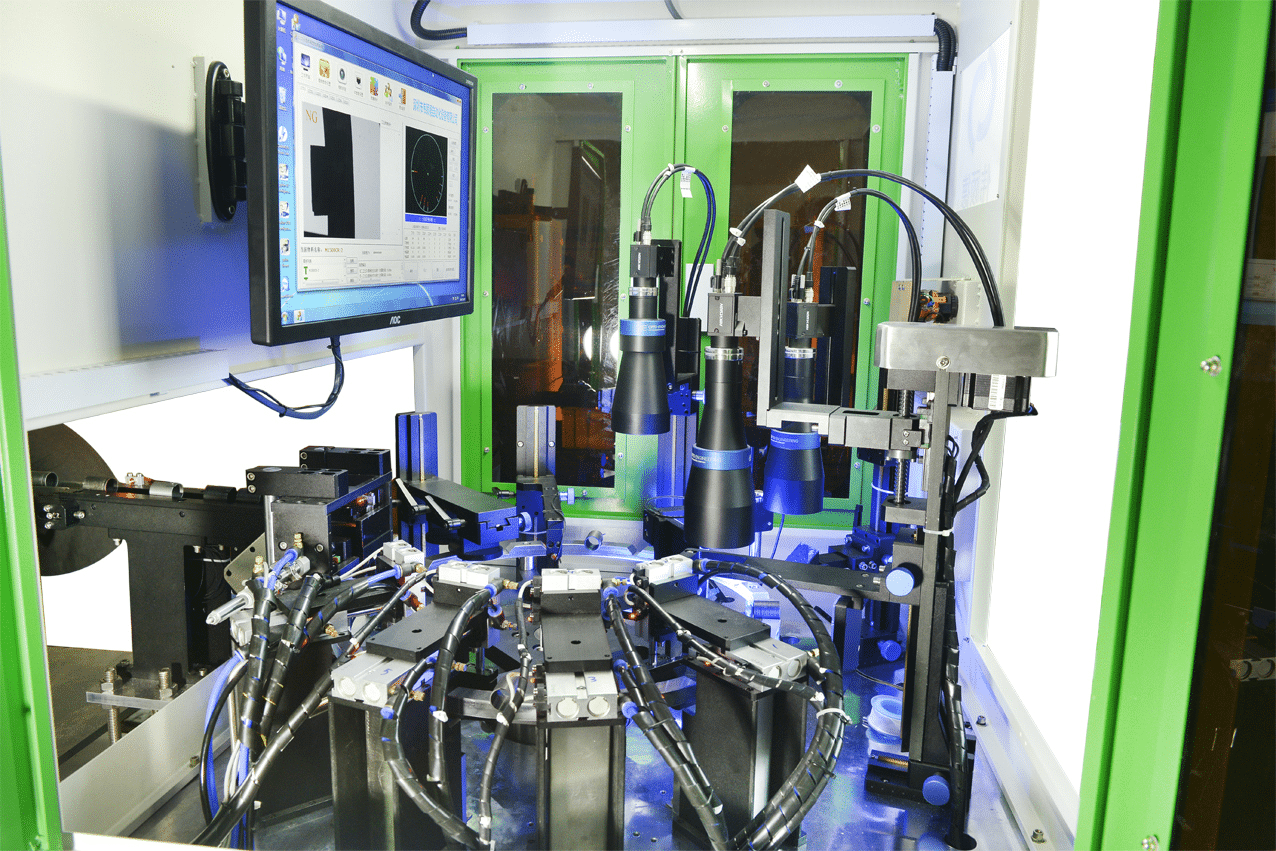In the vast ocean of quality control, finding the right sample size is akin to setting sail on a journey with AQL (Acceptable Quality Limit) and LTPD (Lot Tolerance Percent Defective) as your guiding stars. Just as a seasoned sailor charts their course through shifting tides, a meticulous approach to determining sample size ensures that the products you release into the market meet the highest standards. In this guide, we’ll navigate through the intricacies of AQL, LTPD, and the art of balancing risk and reward in quality control.

AQL and LTPD: A Foundation for Quality Control
At the heart of the quality control voyage lie AQL and LTPD. AQL represents the maximum number of defects in a product that can be considered acceptable without triggering a rejection. Think of it as the lighthouse that signals when your product is veering off-course. On the other hand, LTPD is the threshold beyond which a lot of products is deemed unacceptable due to a high level of defects, much like a shipwreck danger zone. These concepts provide a framework for establishing the balance between ensuring product quality and avoiding excessive waste.
Setting Sail: Factors Influencing Sample Size Determination
Just as a skilled navigator considers various factors before embarking on a voyage, determining the appropriate sample size involves multiple considerations. Product complexity, desired confidence level, and the nature of defects all play roles in this decision-making process. Imagine these factors as currents that can either propel you towards safe shores or steer you towards treacherous waters. Careful analysis ensures that your chosen sample size is a reliable indicator of the overall product quality.
Sampling Plans: Mapping the Course to Success
Sampling plans act as your navigational charts, guiding you through the turbulent waters of quality assessment. These plans outline the number of samples to inspect and the criteria for acceptance or rejection. Just as a skilled cartographer creates detailed maps to guide explorers, a well-structured sampling plan ensures that every step of the quality control journey is clear and well-defined.
Risk Management: Navigating Stormy Waters
Quality control is not without its risks. Much like a sailor must prepare for storms on the open sea, it’s essential to manage the risks associated with AQL and LTPD. The choice of sample size can impact the likelihood of missing defects or incurring unnecessary costs. It’s like plotting a course that avoids dangerous reefs while optimizing the use of resources. Striking the right balance between Type I and Type II errors—accepting faulty products or rejecting good ones—is crucial for maintaining smooth sailing.
Metaphors and Insights: Painting the Picture of Quality Control
Metaphors are the wind in the sails of understanding. Imagine quality control as a dance between the tides of production and the shores of consumer satisfaction. Just as a captain must maintain the ship to weather storms, companies must continually monitor and adjust their quality control processes to ensure a steady course toward customer delight.
Anchoring the Principles of Quality Control
In the world of quality control, determining the sample size with AQL and LTPD is a compass guiding businesses toward safe harbors. Much like skilled navigators, quality managers must understand the seas they navigate and the instruments they use. By mastering the art of sample size determination, companies can set their course confidently, ensuring products that meet both consumer expectations and regulatory standards. So, with AQL and LTPD as your stars, embark on your quality control voyage and navigate toward success with the precision of a seasoned sailor.